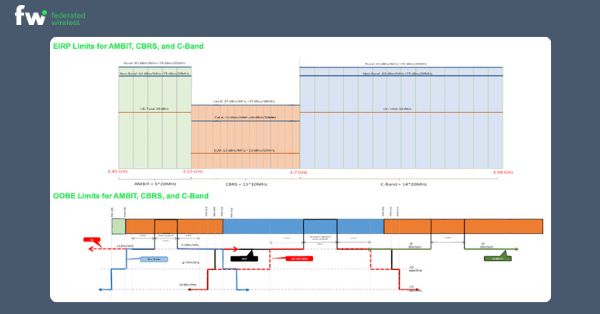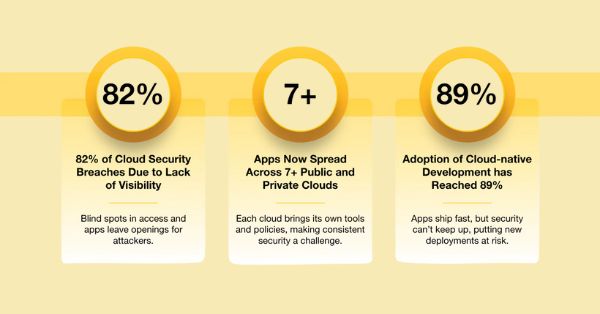Telstra and Ericsson announced the first commercial deployment of Ericsson Private 5G, an on-premises dedicated 5G network for enterprises.
The beneficiary of this new technology will be the Australian not-for-profit organization AgriFood Connect, an enterprise customer of Telstra Enterprise that was established to speed up the adoption of technology and innovation in the farming and manufacturing sectors.
AgriFood Connect is a joint initiative of the FKG Group, University of Queensland, and Telstra that is located in Toowoomba’s AATLIS Precinct, which houses the technology and innovation hub for agriculture. The aim of the program is to “ensure that scientific and technological knowledge translates seamlessly into the industry,” connecting the entire agri-food value chain.
It’s designed to reach its goals by bringing together academics, governments, investors, businesses, and startups in order to foster intelligent connections and provide smart solutions for the industry.
AgriFood Connect’s Private 5G Use Cases
In this deployment, Telstra and AgriFood Connect have successfully utilized industrial IoT capabilities over 5G standalone to support a wide range of commercial needs, including asset condition monitoring and data gathering from machinery. These will allow for advanced capabilities such as predictive maintenance alarms, which can help businesses save money on unplanned downtime and repairs.
Ericsson deploys single server 5G dual-mode core
Ericsson’s private 5G network solution enables sophisticated operations through automation, flexibility, and intelligent connectivity. It uses a single-server 5G dual-mode core, simultaneously supporting both LTE and 5G Standalone (SA).
The Ericsson Private 5G product’s capabilities for 5G SA, combined with Telstra’s sophisticated network capabilities, provide an industrial wireless connectivity platform for businesses that can deliver low latency, greater resilience, and the capacity to meet even the most demanding business needs.
Telstra Network and Infrastructure executive Iskra Nikolova
Telstra Network and Infrastructure executive Iskra Nikolova says: “The combination of a dedicated network in partnership with Telstra’s existing Network capabilities can facilitate the implementation of a whole variety of new and emerging technologies. Challenging locations in regional Australia, where there is comparatively limited backhaul capacity, will greatly benefit from this technology. For example, remote farming or a manufacturing business could embrace the latest advancements in video analytics and IoT connectivity, almost regardless of their location, with the data processed on-site.”
Emilio Romeo, Head of Ericsson, Australia, and New Zealand
“This world-first deployment in collaboration with Telstra is a significant step toward automation and control through 5G intelligent connectivity,” says Emilio Romeo, Head of Ericsson Australia and New Zealand. The Ericsson Private 5G platform will enable emerging industrial use cases across multiple verticals such as Autonomous Mobile Robots (AMRs), AI, Automation, drone technology, Augmented Reality and Virtual Reality, and many more innovative 5G use cases made available through Ericsson’s robust Industry 4.0 partner ecosystem, he added.
Thomas Hall, interim CEO of AgriFood Connect
“Australia’s agriculture and advanced manufacturing sectors will play an important role in the country’s economic development,” stated Mr. Thomas Hall, interim CEO of AgriFood Connect. We are dedicated to assisting businesses in identifying their problems in the agri-food value chain. We collaborate with our ecosystem partners to find the right solutions for firms in areas such as digital transformation and operational improvement. Utilizing cutting-edge technologies like the dedicated 5G network will allow us to demonstrate new innovation breakthroughs, he added.































